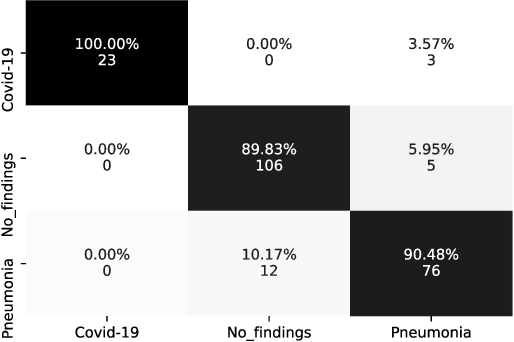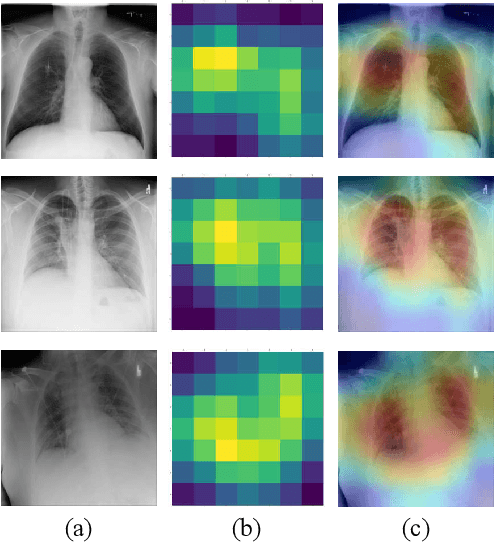Mona Esmaeili
Machine Learning-Assisted Intrusion Detection for Enhancing Internet of Things Security
Oct 01, 2024Abstract:Attacks against the Internet of Things (IoT) are rising as devices, applications, and interactions become more networked and integrated. The increase in cyber-attacks that target IoT networks poses a huge vulnerability and threat to the privacy, security, functionality, and availability of critical systems, which leads to operational disruptions, financial losses, identity thefts, and data breaches. To efficiently secure IoT devices, real-time detection of intrusion systems is critical, especially those using machine learning to identify threats and mitigate risks and vulnerabilities. This paper investigates the latest research on machine learning-based intrusion detection strategies for IoT security, concentrating on real-time responsiveness, detection accuracy, and algorithm efficiency. Key studies were reviewed from all well-known academic databases, and a taxonomy was provided for the existing approaches. This review also highlights existing research gaps and outlines the limitations of current IoT security frameworks to offer practical insights for future research directions and developments.
Classification of COVID-19 in Chest X-ray Images Using Fusion of Deep Features and LightGBM
Jun 09, 2022



Abstract:The COVID-19 disease was first discovered in Wuhan, China, and spread quickly worldwide. After the COVID-19 pandemic, many researchers have begun to identify a way to diagnose the COVID-19 using chest X-ray images. The early diagnosis of this disease can significantly impact the treatment process. In this article, we propose a new technique that is faster and more accurate than the other methods reported in the literature. The proposed method uses a combination of DenseNet169 and MobileNet Deep Neural Networks to extract the features of the patient's X-ray images. Using the univariate feature selection algorithm, we refined the features for the most important ones. Then we applied the selected features as input to the LightGBM (Light Gradient Boosting Machine) algorithm for classification. To assess the effectiveness of the proposed method, the ChestX-ray8 dataset, which includes 1125 X-ray images of the patient's chest, was used. The proposed method achieved 98.54% and 91.11% accuracies in the two-class (COVID-19, Healthy) and multi-class (COVID-19, Healthy, Pneumonia) classification problems, respectively. It is worth mentioning that we have used Gradient-weighted Class Activation Mapping (Grad-CAM) for further analysis.
 Add to Chrome
Add to Chrome Add to Firefox
Add to Firefox Add to Edge
Add to Edge